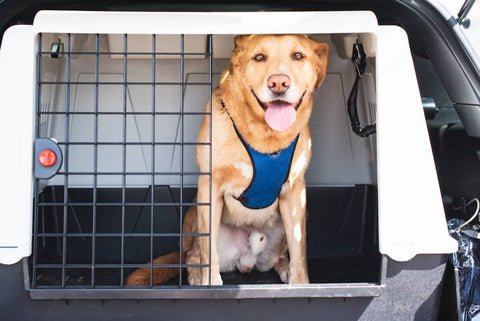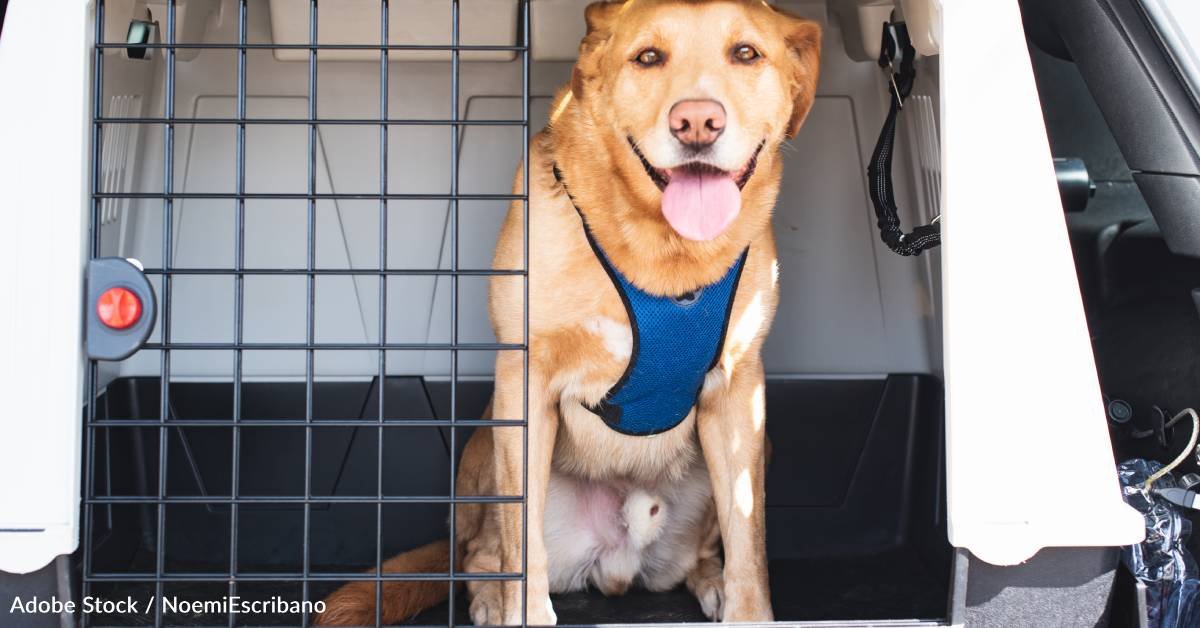June is a month mature for natural disasters where the fireplace season comes in full swing and the Atlantic Hurricane Season beginning on June 1st. It makes sense that June is National Pet Crepeparedness Month. The annual observance reminds pet owners of the need to include pets in emergency plans to make sure they are not left behind. It is estimated that about 5% of people do not evacuate during disasters because they cannot leave their pets. Preparing well in advance can help make sure it doesn’t have to happen. Here are important steps to take to make sure your furry family members are as safe as it can be under disasters.
Examine important pet items

Before a disaster is even on the horizon, you can do your homework on pet care in emergencies. First it is to know which places allow pets. Many shelters created for evacuated may not, but you can also check hotels in the region to see what pet policies they have and if you need to go to one, make sure to make reservations in advance if possible. If you have friends or family with space nearby, you may be able to evacuate there if they are not in evacuation zones as well. As a last ditch effort, you can see if there are also kennels of damage that can also take your pets in.
Another important thing to do is to note your pet’s hiding places so you can pick them up quickly if you need to leave some notice. You may also want to learn more about how your pet can act in what natural disasters are common in your area. Finally, you must prepare an emergency contact list that includes veterinarians and shelters.
Make a plan

Once you have done your first homework, you will start planning ahead to make sure your bases are covered. If your pet is not already microchipped you may be able to do so. If they are, make sure the contact information is current. Many places may not accept any pets that are not up to date with their vaccinations, so it is important to stick to that vaccine plan. To warn emergencies on any pet in the home, it is a good idea to have stickers with this information on Windows in your home.
In the event that a disaster is hitting and you can’t get home to pick up your pets, networking with your neighbors to see if they can be a backup. If they agree, make sure they have a way to access your home. Choose which of the known pet -friendly places you use in certain scenarios. Know which carriers you use to transport your pet and perform exercises with them so they are used to it. Leaving carriers and opening all day can also ease the stress associated with them.
Build a set

Once you have a plan, you can focus on the supplies you need for your pet during an emergency. Since some storms may not require evacuation but can still affect power and access to services, it is recommended that you have a larger set at home for protection in place. You must also have a lighter weight portable set for evacuations. These should include at least three days of food, water, (with bowls) and medicine, but preferably more. You also need sanitary objects such as litter, litter pans, plastic bagies, care needs and cleaning supplies. A first aid kit for pets and emergency contact information for veterinarians and shelters are other important additions.
Having PET -ID and veterinary registries with you is also important during an evacuation. It is recommended that you store important papers – your and your pets’ – in a waterproof container. Each pet should have a collar and ID with their name, your contact information and all important medical needs. Each pet carrier must have the same information. It may be necessary to add comfort articles such as blankets or toys to the carriers as well to give your pet something familiar.
Finally, you have pictures of you with your pet to help with reunions if they are lost.
In the wake

Once the emergency has passed, don’t go home until it’s safe to do it. When you return, keep your pets secured on the journey home and do not let them outdoors without weight until the dangers have been cleared. Possible hazards include leached roads, contaminated buildings and water, broken glass and damaged electrical wires. Wild animals, including snakes, can also be in unexpected areas.
In the early days after the disaster, keep a close eye on your pet’s mental and physical health and give them time to adjust. There may be confusion due to changed smells and disturbances to routine.
If you are unable to return home due to extensive injuries, the first step would be to reach out to local officials or volunteer organizations for immediate needs. To get relief for compensation, you can contact FEMA or your state’s emergency agency.
Help pets affected by disasters
When we enter another hurricane season, click here to help pets and people who will be affected by this year’s storms.
